Optimal Timing for Foundation Repairs

Spring offers moderate temperatures and stable moisture levels, making it an ideal time for repairs.

Summer's dry conditions can facilitate effective repairs, but extreme heat may pose challenges.
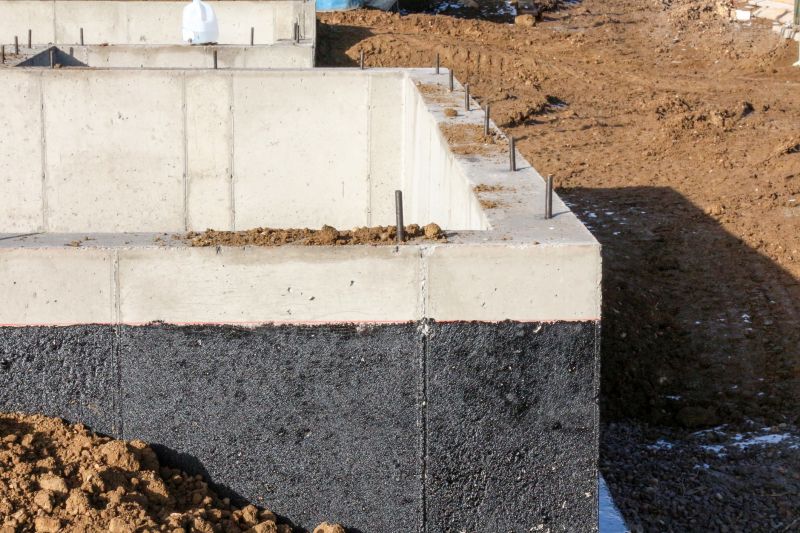
Fall provides cooler weather and less moisture fluctuation, suitable for foundation work.
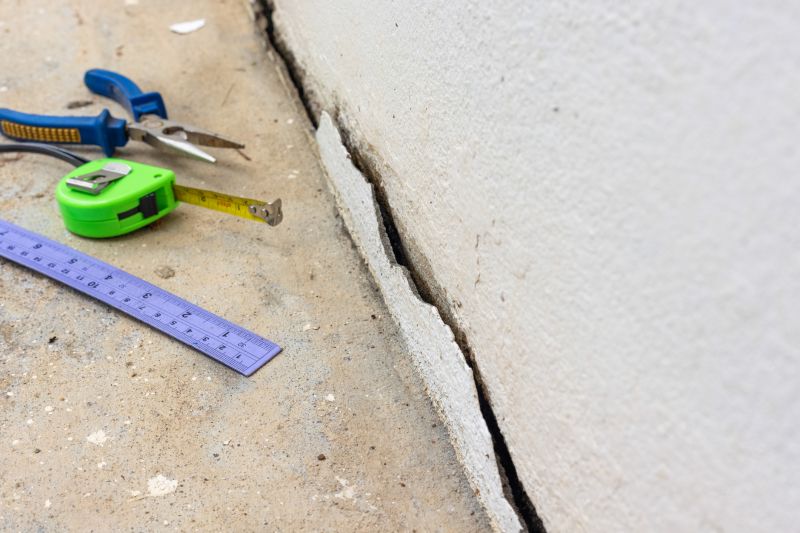
Ways to make Foundation Repairs work in tight or awkward layouts.

Popular materials for Foundation Repairs and why they hold up over time.
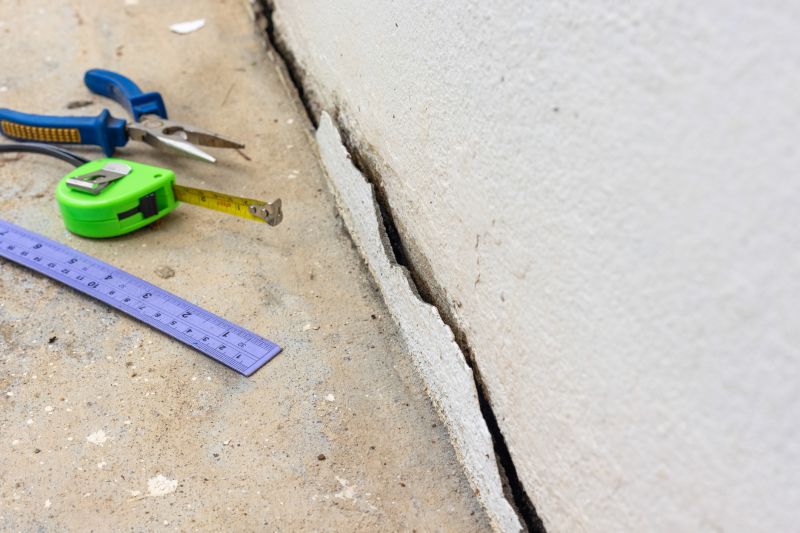
Simple add-ons that improve Foundation Repairs without blowing the budget.
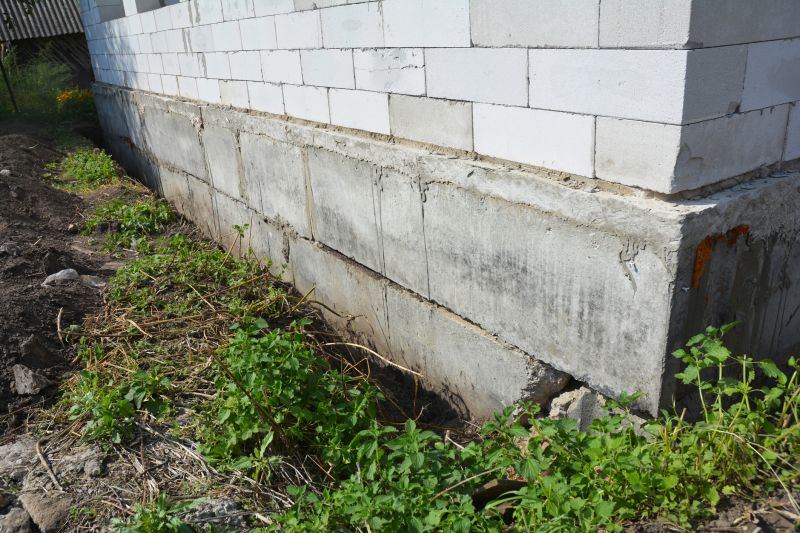
High-end options that actually feel worth it for Foundation Repairs.

Finishes and colors that play nicely with Foundation Repairs.
Foundation repairs are essential for maintaining the structural integrity of a building. Timely interventions can prevent further damage, reduce long-term costs, and ensure safety. The best time to perform these repairs depends on weather conditions, soil moisture levels, and the specific issues present. Typically, mild weather seasons such as spring and fall are preferred for their stable conditions, which facilitate effective and safer repair work.
Weather fluctuations influence soil movement, affecting foundation stability and repair timing.
Cracks in walls, uneven floors, and sticking doors may signal urgent foundation issues.
Soil type and moisture levels play a critical role in foundation movement and repair scheduling.
Proper site assessment and soil stabilization can improve repair outcomes.

Step-by-step procedures include inspection, soil stabilization, and structural reinforcement.

Advanced equipment ensures precision and durability in repair work.
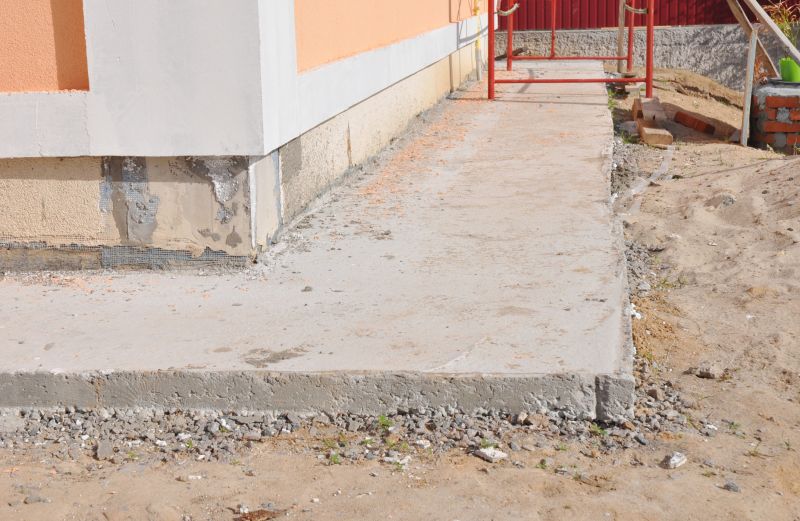
Visual evidence of repair effectiveness demonstrates structural improvements.

Common signs of foundation distress requiring professional attention.
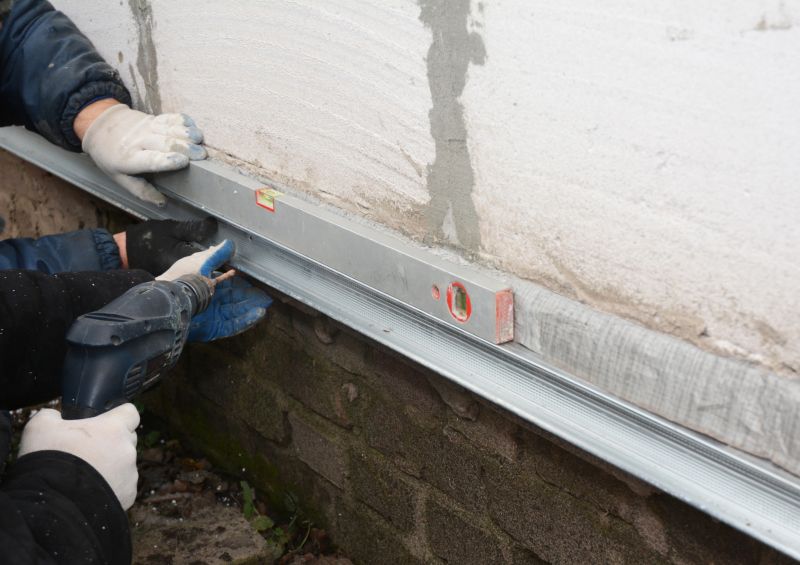
Little measurements that prevent headaches on Foundation Repairs day.
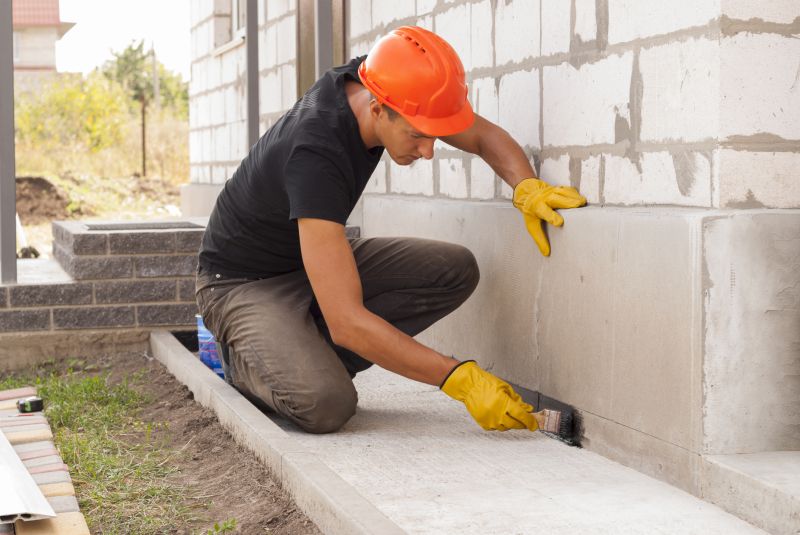
A 60-second routine that keeps Foundation Repairs looking new.

A frequent mistake in Foundation Repairs and how to dodge it.

Small tweaks to make Foundation Repairs safer and easier to use.
| Season | Advantages |
|---|---|
| Spring | Moderate weather, soil conditions favorable for repairs. |
| Summer | Dry conditions facilitate work, but high temperatures can be challenging. |
| Fall | Cooler weather and stable soil moisture. |
| Winter | Typically less suitable due to freezing temperatures and soil contraction. |
Understanding the optimal timing for foundation repairs can significantly influence the success and longevity of the work. Weather conditions, soil moisture, and the severity of foundation issues are key factors to consider. Consulting with a foundation specialist can provide guidance tailored to specific site conditions, ensuring repairs are performed during the most appropriate season for durability and safety.

